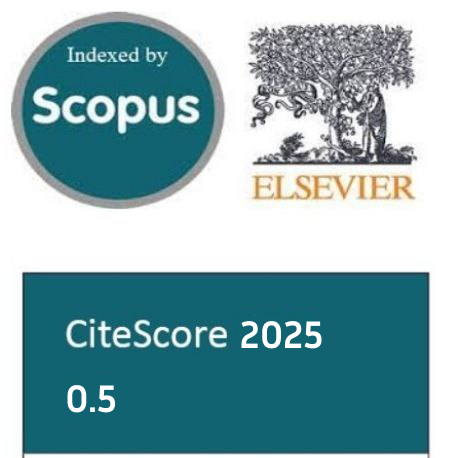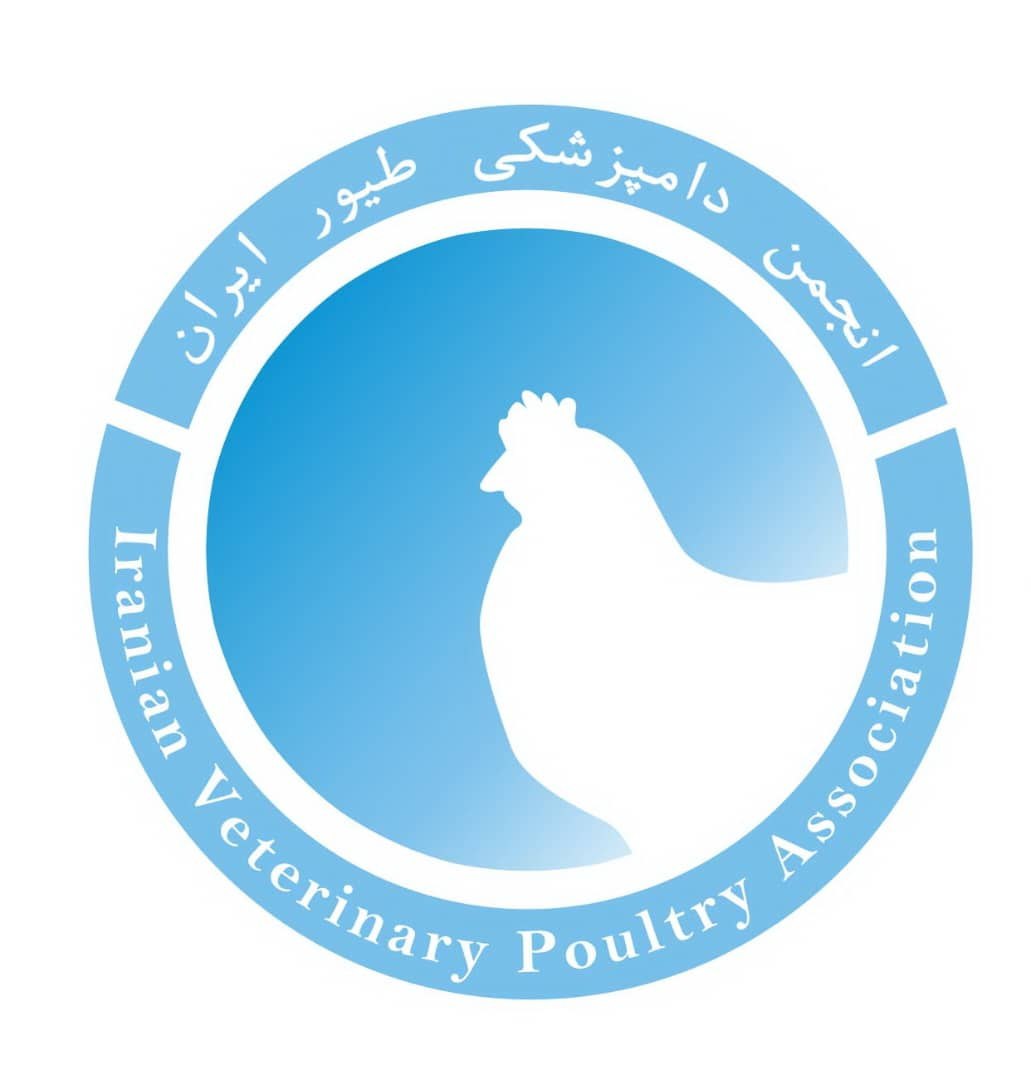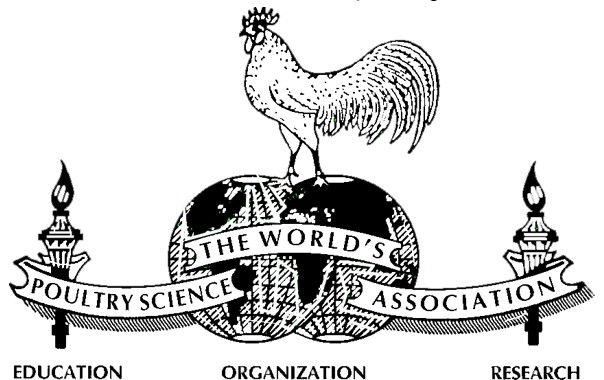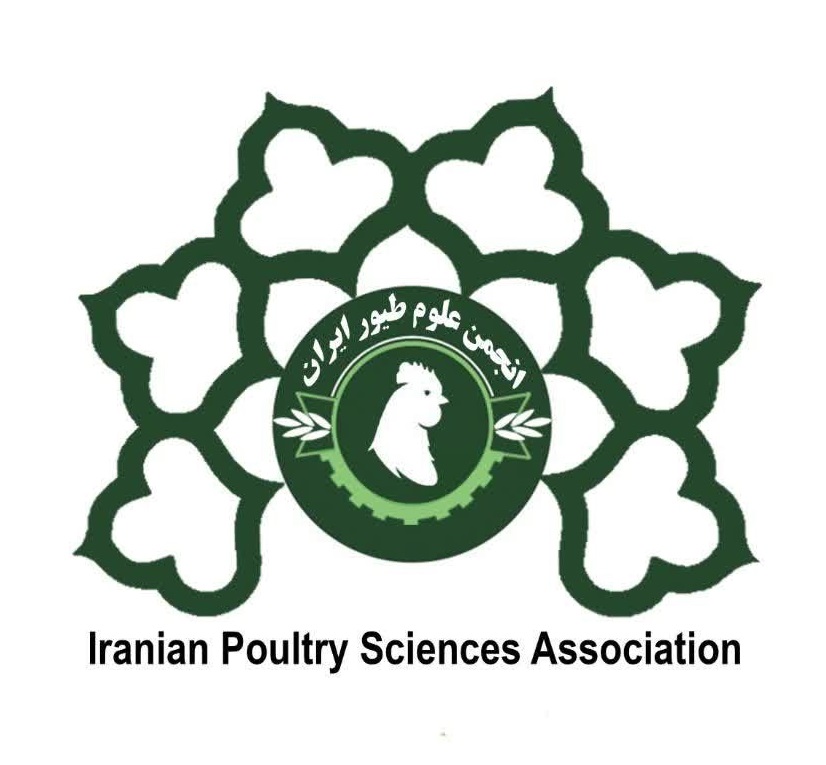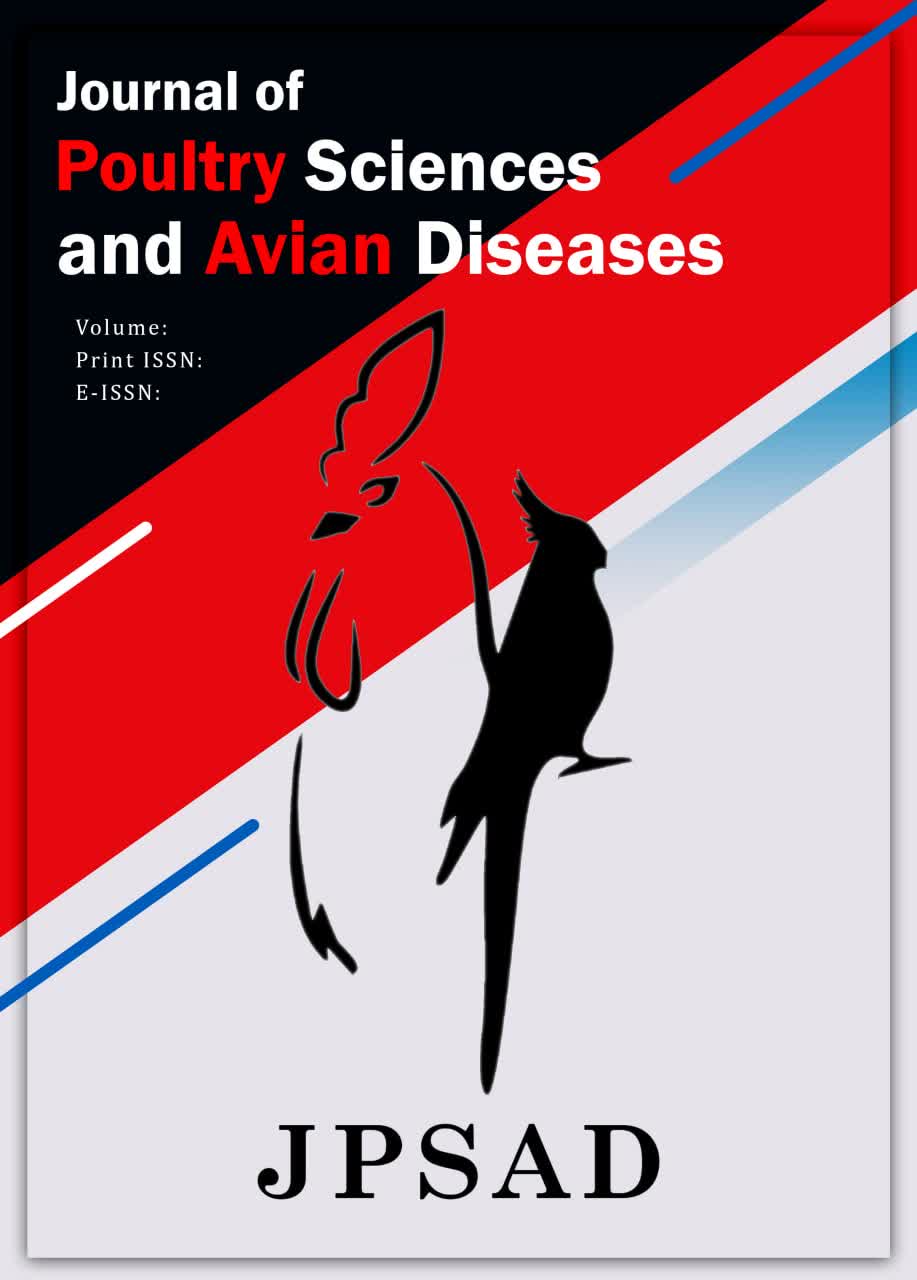Avian Innate and Adaptive Immune Components: A Comprehensive Review
Keywords:
Avian Immunity, Bursa of Fabricius, Dendritic cells, Harderian gland, Heterophils, Lymphocytes, Toll-like receptorsAbstract
This article provides a comprehensive classical overview of the avian immune system, highlighting its unique components and functions. Although fundamentally similar to mammals, the avian immune system possesses distinct features in its tissues, cells, molecules, and genes. The study elaborates on the innate and adaptive immune components and critical functions in birds, detailing and artistically drawing the various organs such as the Bursa of Fabricius, thymus, spleen, and Harderian gland and cells involved in immunity. It discusses the role of innate immune cells and molecules along with the significance of B-and T lymphocytes immunoglobulins, antigen-presenting cells (APCs), especially macrophages and dendritic cells (DCs) and their related cytokines, including interleukins (ILs), emphasizing their crucial role in adaptive immunity especially activating various T lymphocytes. The article also underscores the complexity and efficiency of the avian immune system in combating pathogens and highlights the evolutionary adaptations that distinguish those from mammalian immune systems. This knowledge contributes to a better understanding of avian immunology and should go beyond this classical immune system, which is vital for improving disease management and vaccination strategies in birds.
Downloads
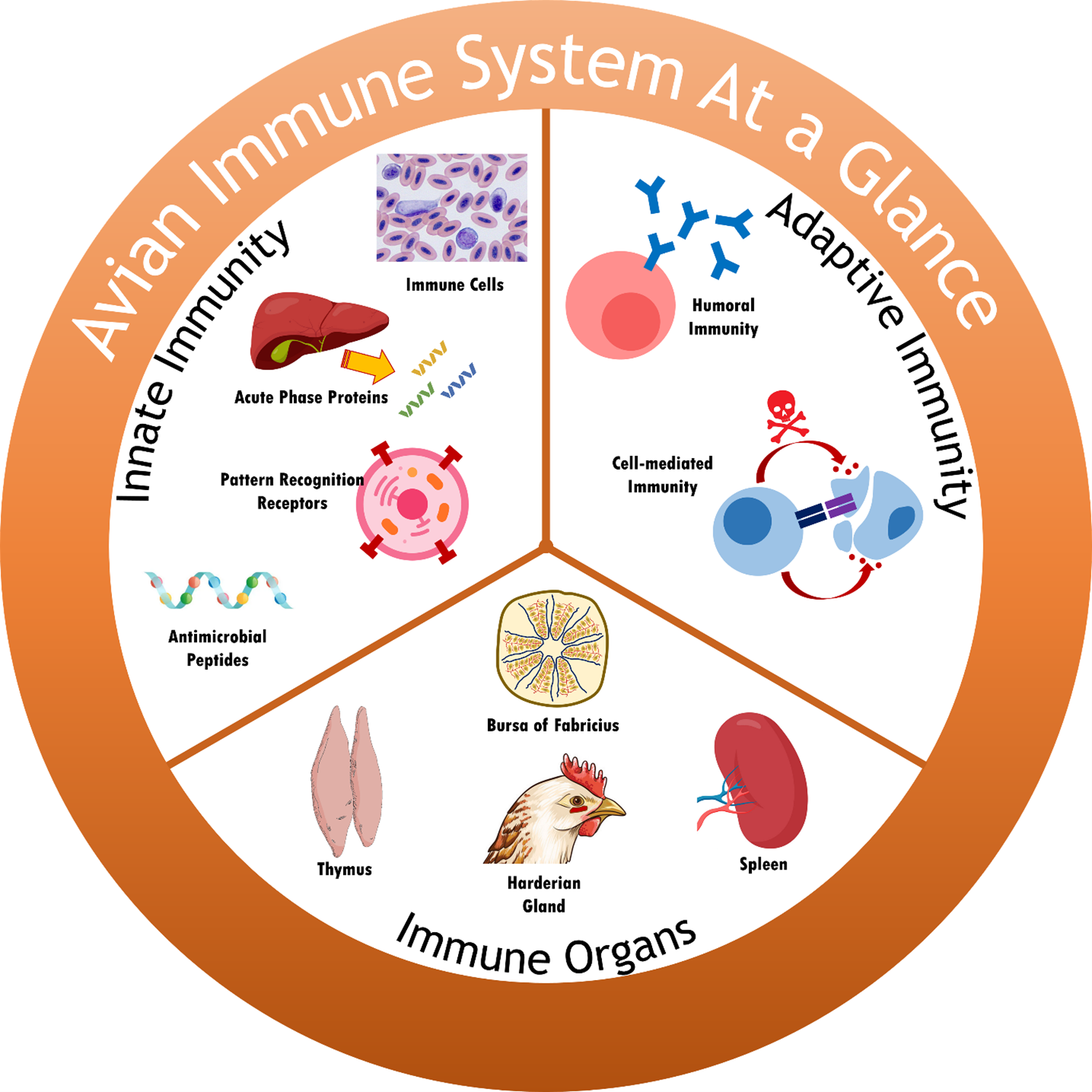
Downloads
Published
Issue
Section
License
Copyright (c) 2024 Jalil Mehrzad (Author)

This work is licensed under a Creative Commons Attribution-NonCommercial 4.0 International License.


